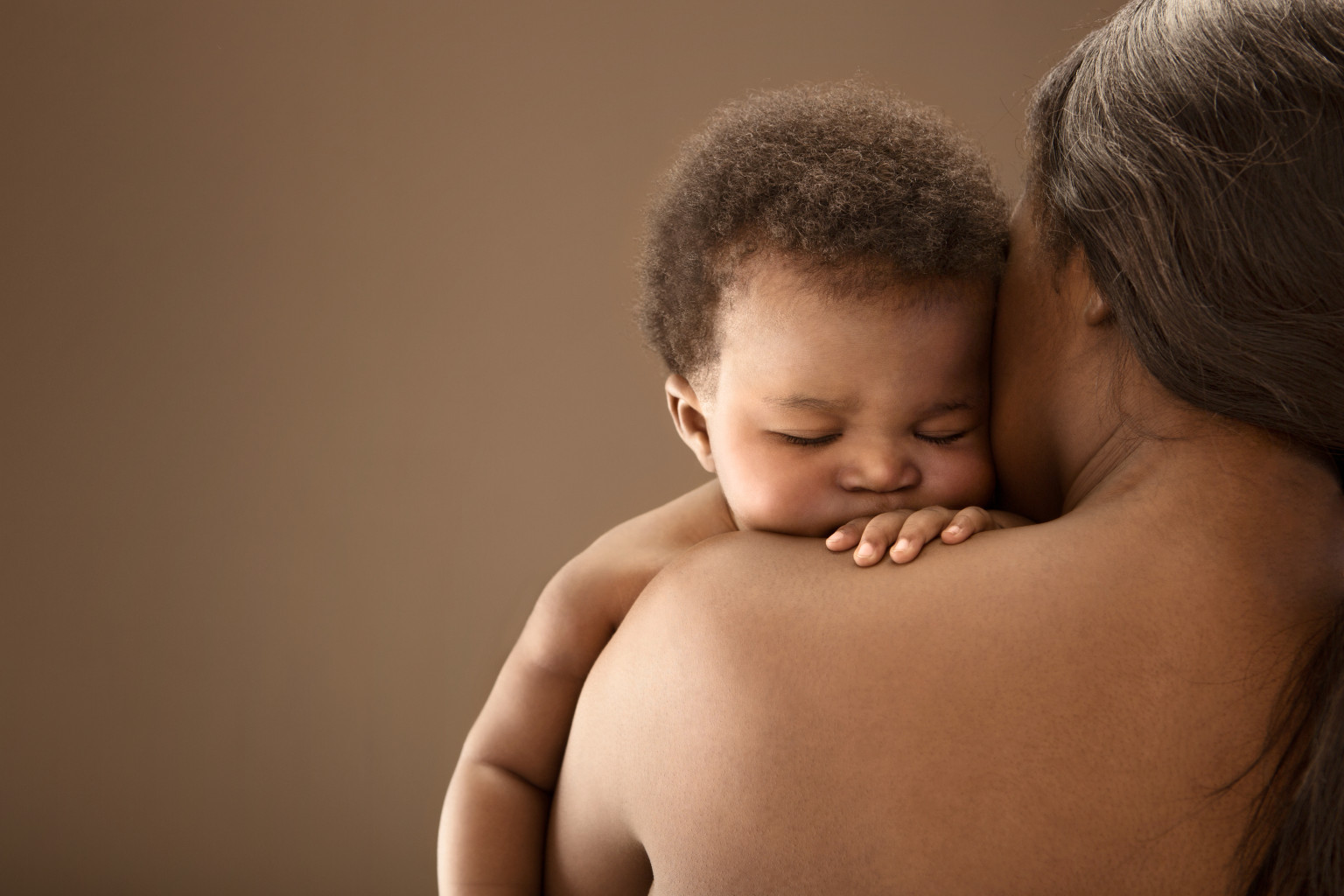HOW MOTHERHOOD AND PREGNANCY CHANGE YOUR SKIN

Your body goes through a world of change during pregnancy, and that includes your skin. Some of those changes can be permanent; some will reverse themselves within weeks to a year of giving birth.
There are a variety of things that may happen with your skin as your hormones fluctuate. Sadly, only the lucky few get to experience that famously coveted “pregnancy glow.” More often than not, what shows up are sensitivities, breakouts, dry itchy skin, sun sensitivity, rashes, stretch marks, dark patches, skin tags, and varicose veins.
The good news is that while many women experience these annoying changes, the problems will usually go away within weeks of delivery. Here’s a little taste of some of the common changes you may be in for.
What Causes Skin Changes During Pregnancy?
This may be the last thing you want to hear, but your pregnancy hormonal fluctuations are generally the culprit for much of what is going on with your skin. Changes in estrogen and progesterone levels influence skin in all pregnant women.
Hormones tell your pores to secrete excess oil, make you vulnerable to heat rash and susceptible to skin discoloration. On top of that, your immune system is suppressed, and your blood vessels are stretched to the max, creating perfect conditions for surface inflammation.
Women start to experience these changes at different times in their pregnancies, some as early as their first trimester. Oftentimes, your skin may look worse as your pregnancy progresses.
Stretch Marks
Almost 90% of all pregnant women experience stretch marks, so don’t feel like you’re alone in this malady. They’re the result of your body growing quickly. They’ll usually show up in the last three months.
No one knows how to prevent them, but you can help to head them off somewhat by exercising, gently exfoliating, and thoroughly moisturizing those at-risk areas as much as you can. Look for products that contain the antioxidant vitamin E and alpha-hydroxy acids, and massage the areas well while applying.
Pregnancy Breakouts
The increase in progesterone levels also triggers more sebum (oil) production, causing breakouts. This may particularly be true if you’re already prone to acne. Keep a strict cleansing routine, washing your face two to three times daily. If you opt to use acne products, pay attention to ingredients. Avoid products with retinol, retinoids, and salicylic acid, as they may cause possible birth defects. Benzoyl peroxide is sometimes recommended, but it can be absorbed into the bloodstream as well, so it may not be worth the risk. Natural remedies like tea tree oil and lavender are viable alternatives, as well.
The Mask of Pregnancy / Melasma / Chloasma
Nearly 50% of pregnant women will show some signs of the “mask of pregnancy,” or melasma .The increase in hormones causes your skin to produce more pigmentation, showing up as symmetrical dark splotchy spots most commonly seen on your forehead, nose, and cheeks. Estrogen, progesterone and melanocyte-stimulating hormone” — which regulates skin color — are highest during the third trimester. More melanin is produced, resulting in the hyper-pigmentation.
There’s not much you can do to prevent it, but avoiding the sun will help to keep it from worsening. When you’re out and about use a broad-spectrum sunscreen with an SPF of at least 30. Darkened areas will probably fade within a few months after delivery, but for some women, this “pregnancy mask” can become permanent. Continuing to use sunscreen is essential, and there are some topical creams that may be used to lighten these areas.
For many women, their nipples and/or areolas will darken in color. These pigment changes tend to be permanent. Some women will develop a dark line running from their navel to their pubic bone, called a linea nigra. This pigment will usually disappear completely once you’ve had your baby.
Skin Sensitivities during Pregnancy
Not only are your stomach and emotions sensitive now, but your skin is, too. Perfumes may irritate your skin. Your skin may easily become red if you scrub or exfoliate.
Go easy on your skin. Many mums-to-be switch to unscented products and natural lotions including washes that contain fewer chemicals. Avoid scrubs and exfoliants and opt for a soft, textured washcloth. You certainly don’t want anything causing micro-tears on your skin. The more cuts and wounds on your skin, the easier it is for chemicals to be absorbed into your bloodstream. Ingredients to stay away from in soaps and body washes include triclosan, parabens, and fragrance. Not only are they irritating, but they could pose a health risk to your baby.
Skin Tags
Skin tags are small, loose growths of skin attached to the body by a narrow base. They’re commonly found in high-friction spots like underarms, groin, under breasts, and at the base of the neck. They can appear in the second and third trimesters and are harmless. During pregnancy, elevated levels of estrogen and progesterone stimulate the growth of the skin’s outer layers. Some may disappear after you give birth, and some may not.
Dry, Itchy Skin
Your growing belly is causing your skin to stretch and tighten, resulting in dryness and itching. You can help to alleviate this by drinking plenty of water and keeping your skin moisturized.
In about one in every 50 pregnancies, a condition called cholestasis appears late in pregnancy. These results in severe itching, nausea, vomiting, loss of appetite, fatigue, and/or jaundice. Contact your doctor if you experience these things, as it may be a result of impaired liver function. The problem resolves itself after pregnancy.
Intense itching that spreads to your arms and legs with reddish, raised patches on the skin could be pruritic urticarial papules and plaques of pregnancy (PUPPP) . Hormones are to blame here, too. It occurs in about one in every 150 pregnancies but will go away after delivery.
If you take good care of your skin through pregnancy many of these problems can be lessened or alleviated altogether.
